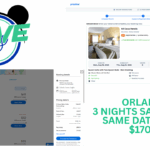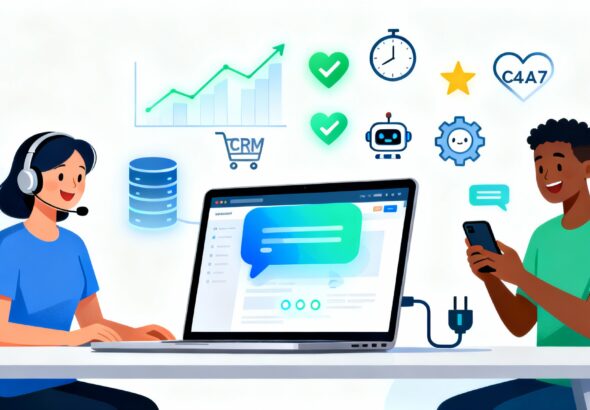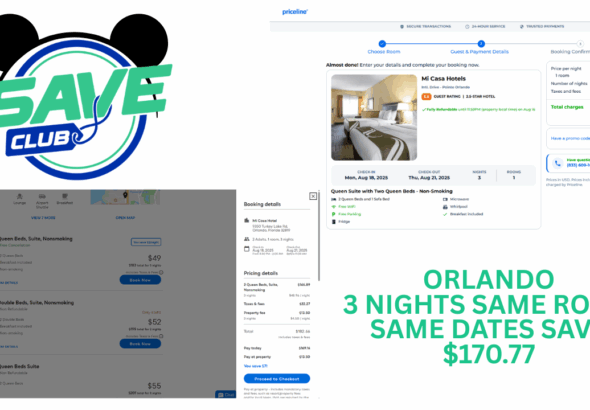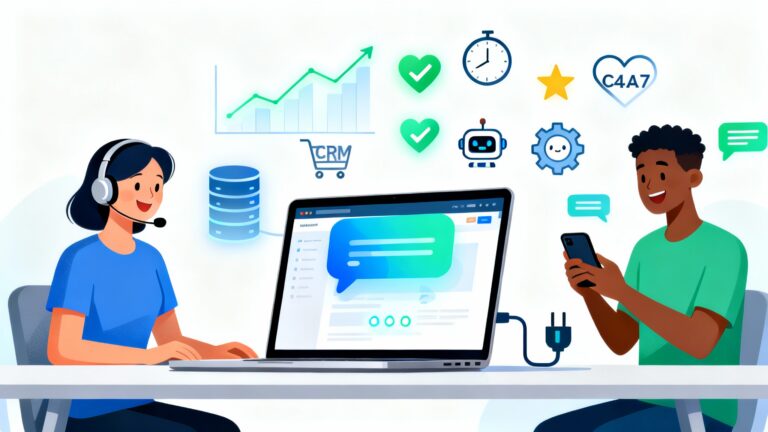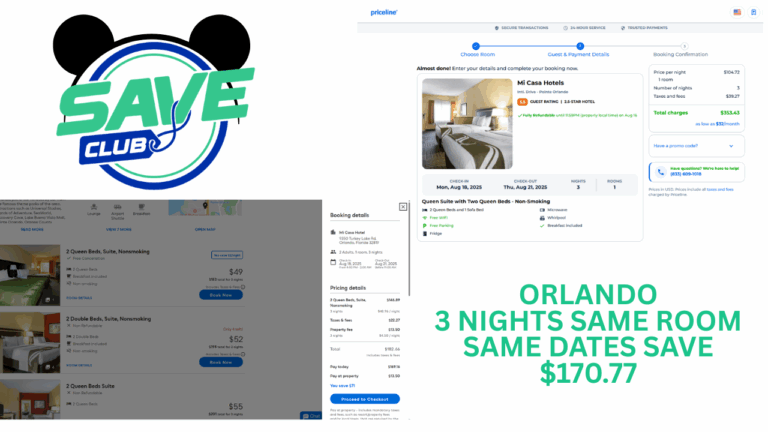Why You Should Read “The Benefits of Implementing a Live Chat Feature on Your Website” If you’re...
✨ Travel 5 Stars for 2 Star Pricing ✨ Why pay full price for luxury when you...
Dividend investing is a popular investment strategy that involves buying stocks that pay dividends. Dividends are payments...
Cryptocurrency trading has gained immense popularity, with traders employing various strategies to capitalize on market opportunities. Two...
The world of cryptocurrencies continues to captivate millions of individuals seeking financial independence and innovative investment opportunities....
In the realm of copywriting, the ability to captivate and engage readers is crucial for success. While...
In today’s digital age, online marketing has become a critical component for businesses to succeed and thrive....
How does a man with an email list of just 2000 subscribers routinely drive far more affiliate...
In today’s digital age, establishing a strong online presence is crucial for businesses of all sizes. Whether...
In the world of affiliate marketing, every click and every visitor counts. That is why; tracking visitors...


